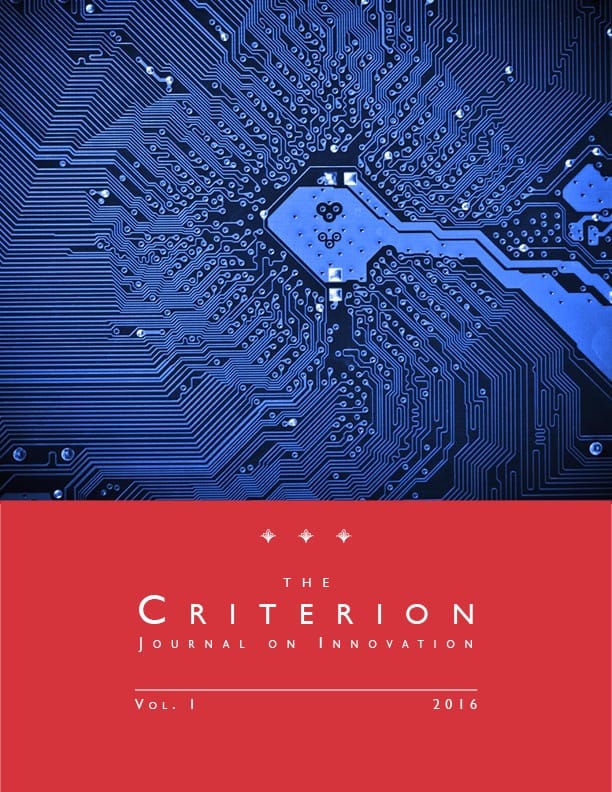The New-Business Rule and Compensation for Lost Profits
Purchase a reprint version of the Article (Amazon) | Read the Article (PDF) | Download the Article (PDF) Download the Article (PDF)For many years most American jurisdictions applied the so-called “new-business rule,” denying recovery of lost profits for new businesses. The majority position today rejects the per se rule, treating the issue as a rule of evidence—lost profits must be proved with “reasonable certainty.” This article argues that the damages for a new business ought not be viewed as merely a matter of whether the evidence is sufficient to surmount the “reasonable certainty” hurdle. The confusion arises because courts have lumped together a number of different problems. By breaking these out, a more nuanced picture emerges. For one category, in particular, the denial of recovery would be correct: Following a breach of contract, the plaintiff—who has not executed its business plans that rely on the contract—claims that, absent the breach, it would have created certain businesses and earned profits by doing so. The damage remedy must account for the opportunity cost of capital. Since there is no reason to believe that this particular investment would have been more profitable than any alternative use of the funds that the plaintiff saved because the deal cratered, there would be no loss. By failing to recognize this, courts have in many instances overcompensated claimants.
The loss would not be zero in other contexts in which the new business defense has been raised. If a licensee wrongfully failed to exploit intellectual property, the licensor’s claim for royalties forgone has a positive value. Claims for delay or breach of warranty likewise would have a positive expected value. By failing to distinguish these different categories, the courts produced a doctrinal mess.

Cite as
Victor P. Goldberg, The New-Business Rule and Compensation for Lost Profits, 1 Criterion J. on Innovation 341 (2016).
